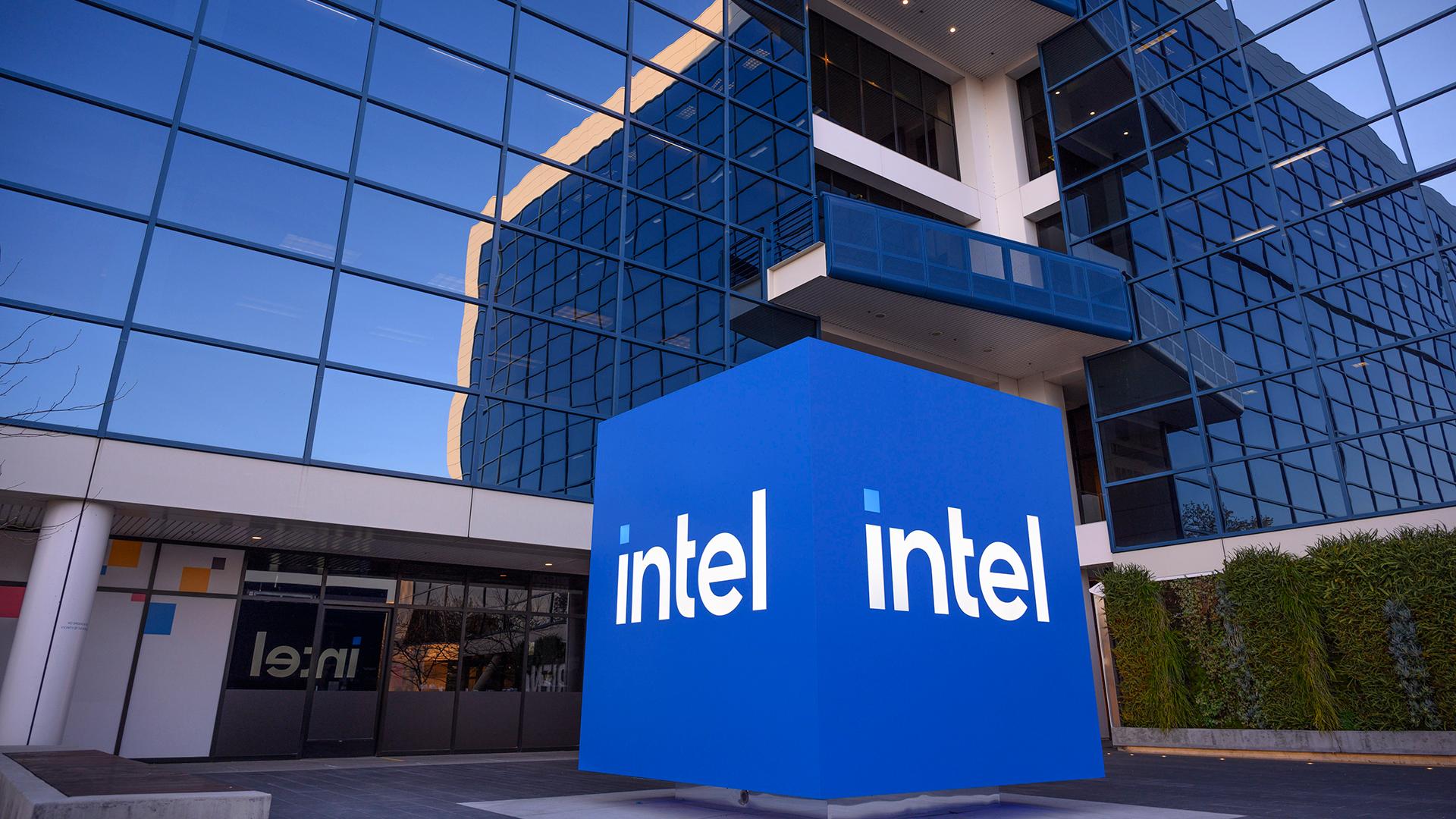
As some hockey player once said, "you miss 100% of the shots you don't take". Or in Intel's case, you miss out on buying a company that's currently sitting second on the list of most valuable companies in the world, back when it was worth relatively little.
That's according to a report from the New York Times, detailing how Paul Otellini, Intel's chief executive from 2005 to 2013, presented the board with an idea to buy a little computer graphics company called Nvidia. This wasn't long after he'd taken the position, and the board apparently put up a significant amount of resistance, as (at a $20 billion value at the time), it would easily have been Intel's most expensive acquisition to date.
As a result, Otellini backed away from defending the purchase. One attendee at the meeting reportedly described it as "a fateful moment", and I should think so, too. Given that Nvidia has since positioned itself at the forefront of the AI boom, and currently has a market cap estimated to be around $3.5 trillion dollars, it does strike as one of those misses you'd kick yourself for.
Of course, hindsight is a wonderful thing, and other such platitudes. Still, it seems like even back in 2005, some Intel executives could already see some of the future that Nvidia might be involved in. According to its sources, the New York Times reports that some Intel execs believed that the underlying design of its graphics chips might be important for future data centers, which today would count as a massive understatement.
Given some of the reveals here about Intel's corporate culture (and how it might have contributed to the almighty financial and strategic mess it currently finds itself in), it's perhaps no surprise that Intel was slow on the draw with this sort of future planning. Intel executives reportedly described the company as "the largest single-cell organism on the planet", a reference to the insular and single-minded corporate culture at the time.
The focus back then was on x86, and the company's then-dominant processor designs. Former Intel chief executive Craig Barrett reportedly compared the x86 chip business to a creosote bush, in that creosote poisons competing plants around it. But the profits were rolling in, and as a result it seems that Intel saw little need at the top to buy its way into potential markets to come.
Current Intel CEO Pat Gelsinger previously led Intel's Larrabee project, put into action after the failed Nvidia acquisition pitch, in an attempt to create a hybrid of graphics chips and Intel's PC chip design—predicting that “today’s graphics architectures are coming to an end.”
The project was a failure, thanks to poor graphics performance and scheduling issues. Gelsinger, however, appears to have never quite given up on the idea. In 2019, he gave an interview to the Computer History Museum (PDF warning), stating that, if Larabee was given more of a chance:
“Nvidia would be a fourth the size they are today as a company, because I think Intel really had a shot right in that space”
Now, with Gelsinger at the helm, Intel finds itself massively on the backfoot—and it's difficult to know where to start when explaining its current woes. Mass layoffs, cancelled dividends, CPU crashing woes, and not to mention its ongoing manufacturing and fab issues and potential plans to sell parts of itself off, what once was seen as an invincible giant in the tech industry really does seem to be on its knees.

Best CPU for gaming: The top chips from Intel and AMD.
Best gaming motherboard: The right boards.
Best graphics card: Your perfect pixel-pusher awaits.
Best SSD for gaming: Get into the game ahead of the rest.
But one aspect that keeps rearing its ugly head seems to be its approach to strategy and long-term planning, and potential acquisition deals that the company either turned down, or never bore fruit—particularly in regards to AI.
Back in August, reports suggested that Intel had also opted out of buying a $1 billion stake in OpenAI in 2018, which at the time would have been a sizeable 15% share in the company. Now OpenAI is reportedly worth around $80 billion dollars, meaning that had Intel bought in, its investment would have multiplied in value by a factor of 12.
So it seems that poor planning and long-term strategic mistakes have continued, long after the potential Nvidia acquisition was off the table. Now Intel finds itself in dire financial straits, and by the looks of its most recent Arrow Lake desktop chips, it's unlikely to be the PC enthusiast market that saves it, either.







